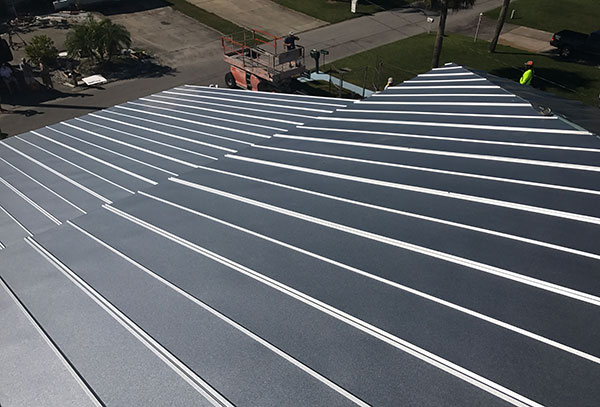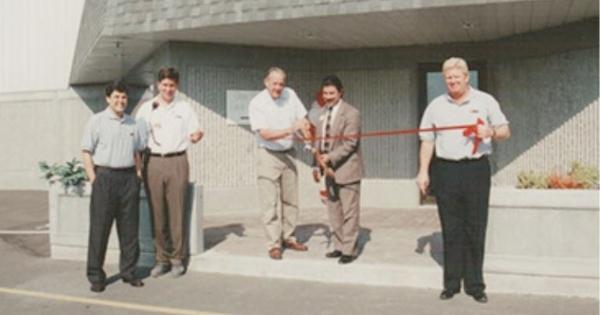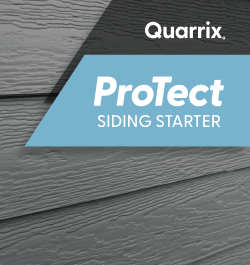Metal Roofing Installation Methods

There are several options when it comes to installing metal roofing and it's important to understand the differences between the installation methods.
By Magan Jenkins, Stealthbond
Choosing the optimum roofing system can be a technical decision. When faced with the prospect of installing a new roof, it can be difficult to know if the decisions you’re making are the right ones. It may even be puzzling to understand what effect each of these decisions is going to have in the future!
Today, we’re going to make one of those decisions a lot easier for you. When moving forward with metal roofing, we will help answer questions such as:
- Which fastening method is best?
- Why does it matter?
- What are the benefits?
These may seem like fairly basic questions, but it is the cause of some debate in the roofing world.
The options are as follows:
- Exposed Fastener System (think screws that you can see when looking at your roof);
- Concealed Fastener System aka Standing Seam Roof (think screws that are there but hidden by the panel);
- Concealed Adhesive Fastening System (think adhesive and no screws or holes).
What You Need To Know About Exposed Screw Fastener Metal Roofing Systems Exposed Fastener generally refers to a visible screw fastener that is being used to penetrate through the roofing material. However, this traditional method of roofing attachment has proven to be problematic because the exposed screws used during installation tend to be over tightened, rust, or back out over time.
How does a screw “back out?” When your metal roof is exposed to extreme temperatures and weather, the metal will expand and contract. Over time, this thermal movement of the metal panels puts repetitive pressure on the thousands of screws in your roof causing the screw holes to enlarge. Once this happens, screws can loosen and back out of the wood deck. When the screw becomes loose or backs out of the roof altogether, you now have an opening on your metal roof which can cause a leak.
In general, Exposed Fastener roofing has shown itself to be a risk for leaks. The practical threat posed by this vulnerability is not completely avoidable and has been enough to deter many homeowners from moving forward with this type of through-fastened panel.
As a general rule of thumb, exposed fastener roofing is more cost effective than standing seam roofing. You can install a beautiful looking roof for less money by choosing an exposed fastener system, but you may be compromising in the arena of longevity.
What You Need To Know About Concealed Screw Fastener Metal Roofing Systems Concealed Fastener Systems, typically standing seam systems, offer metal panels with raised interlocking seams. Screws are used to attach the side fastener fins into the roof deck. While this type of system conceals the screws that are used for installation, standing seam roofs are susceptible to fastener stress which can cause unsightly oil can dimpling of the metal panels. Standing seam systems also utilize fastener slots or attachment clips designed to allow thermal movement of the panels, but improper fastener placement limits this function.
Installing a standing seam roof is labor-intensive and can be expensive. This can be a deterrent for many homeowners.
What You Need To Know About Concealed Adhesive Roofing Systems Concealed Adhesive roofing systems are a new innovation to the metal roofing industry. While standing seam was once known as the “new and improved” roofing option in the 1980’s, more research has been conducted to improve systems that have weaknesses.
As a homeowner, does it make sense to invest in a roofing solution that requires thousands of screws that cause holes or dimpling in your metal roof? Essentially you are paying for someone to poke holes in the very thing that is protecting you from outside elements.
The industry took note of this problem and began looking for the next “new and improved” technique to provide a solution for homeowners who want the look of metal, without compromising the integrity of the very product they are investing in. Meeting the need for a no-compromise metal roof, StealthBond© now offers contractors and homeowners a new category of roofing— Concealed Adhesive System.
StealthBond© is a Concealed Adhesive System that uses a state-of-the-art structural and flexible adhesive that allows thermal movement and securely attaches metal roofing panels to roof decks. It is hailed by contractors as an innovative alternative to screwing down metal roofing. This is considered by many to be a better choice of fastening system than Exposed Screw Fastener Systems and the Concealed Screw Fastener systems. Why? The use of adhesive as a primary attachment technique eliminates the thousands of exposed screws that penetrate screw-fastened metal roofing systems. The Patented StealthBond© System is Florida Building Code approved and meets the strictest building code requirements.
The Bottom Line When looking to re-roof or even build a new home, choosing a metal roof will give you the longevity, performance, and beauty you are looking for. Now that you know about all three metal roofing attachment methods, you can make a wise and informed decision about the metal roof you are investing in. When speaking with your roofing contractor ask for StealthBond©, a Concealed Adhesive System for Metal Roofing that will give you the luxurious look of a metal roof without compromising the integrity and durability of your home.
If you’d like more information on what sets StealthBond© apart from all the other installation methods, we encourage you to read about the advantages we provide for homes with metal roofing.
Magan Jenkins is a marketing manager at StealthBond/Southeastern Metals/Dot metals. She holds a Bachelor of Arts, Journalism; Public Relations; New Media from Grady College, University of Georgia.























Comments
Leave a Reply
Have an account? Login to leave a comment!
Sign In